1. How to Install a Vent in Your Kitchen Sink
Having a vent in your kitchen sink is crucial to ensure proper drainage and prevent clogs. If you're remodeling your kitchen or simply need to replace your old vent, here's a step-by-step guide on how to install a vent in your kitchen sink.
The first step is to choose the right type of vent for your sink. There are two common types of vents: air admittance valves (AAVs) and traditional vents. AAVs are easier to install and require less space, while traditional vents are more effective at removing odors and can handle larger volumes of water.
Next, you'll need to locate the vent pipe. This is usually connected to the drain pipe under the sink and runs up through the roof. Use a reciprocating saw to cut the pipe at the desired location for your new vent.
Once the pipe is cut, attach the new vent to the pipe using a rubber coupling. Secure it in place with hose clamps. Then, connect the vent to the sink using a PVC pipe and elbow joint. Make sure all connections are tight to prevent any leaks.
Finally, test your new vent by running water in the sink and checking for proper drainage. If everything is working correctly, seal any gaps around the pipe with caulk and cover any exposed pipes with insulation to prevent condensation. Your new kitchen sink vent is now installed and ready for use!
2. The Importance of a Vent in Your Kitchen Sink
A kitchen sink vent may seem like a small and insignificant component, but it plays a crucial role in the overall function of your plumbing system. Without a vent, your sink would drain slowly, emit foul odors, and potentially cause costly plumbing issues.
The purpose of a vent is to allow air to enter the drain pipes, balancing the pressure and preventing a vacuum from forming. This allows water to flow smoothly down the drain without any obstructions. Without a vent, the negative pressure in the pipes can slow down drainage and even pull water out of the traps, causing odors to seep into your kitchen.
Additionally, a vent also helps to remove harmful gases and odors from your plumbing system. Vents allow these gases to escape to the outside, preventing them from building up in your home and posing a health hazard.
Overall, a kitchen sink vent is essential for proper drainage, preventing odors, and maintaining a healthy and functional plumbing system.
3. Common Problems with Kitchen Sink Vents
Despite their importance, kitchen sink vents can experience some common issues that can affect their performance. Here are some of the most common problems with kitchen sink vents and how to troubleshoot them.
Clogs: One of the most common problems with kitchen sink vents is clogging. This can happen when debris, such as food particles, grease, and soap scum, build up in the vent pipe. To unclog the vent, you can use a plumbing snake or a high-pressure water hose to break up and flush out the debris.
Leaks: Leaks can occur at any point in the vent system, from the pipe connections to the vent itself. To fix a leak, inspect the connections and tighten any loose fittings. If the leak persists, you may need to replace the damaged section of the pipe.
Frozen vent: In colder climates, vents can freeze during the winter, causing blockages and slow drainage. To prevent this, you can insulate the vent pipe to keep it from freezing. If the vent is already frozen, use warm water or a hairdryer to thaw it out.
Improper installation: If a vent is not installed correctly, it can cause problems with drainage and create unpleasant odors. If you suspect that your vent was not installed properly, it's best to consult a professional plumber to fix the issue.
4. How to Unclog a Vent in Your Kitchen Sink
If you're experiencing slow drainage or foul odors coming from your kitchen sink, it's likely that your vent is clogged. Here's a simple method to unclog a vent in your kitchen sink.
The first step is to locate the vent pipe. This is usually connected to the drain pipe under the sink and runs up through the roof. Use a plumbing snake to push through and break up any debris that may be clogging the vent. You can also use a high-pressure water hose to flush out any remaining debris.
Next, pour a cup of baking soda followed by a cup of vinegar down the drain. This will create a chemical reaction that can help to break down any remaining clogs. Let it sit for a few minutes before flushing it with hot water.
Finally, run water in the sink to test the drainage. If the vent was the cause of the clog, the water should now be draining smoothly. If the issue persists, you may need to consult a professional plumber for further assistance.
5. Different Types of Vents for Kitchen Sinks
There are two main types of vents for kitchen sinks: air admittance valves (AAVs) and traditional vents.
AAVs: These are smaller, one-way valves that are typically installed under the sink. They allow air to enter the drain pipes, balancing the pressure and preventing a vacuum from forming. AAVs are a popular choice for kitchen sinks because they are easy to install and require less space.
Traditional vents: These are larger pipes that run up through the roof and allow air to enter the plumbing system. Traditional vents are more effective at removing odors and can handle larger volumes of water. They are typically used in larger homes or commercial buildings.
When choosing a vent for your kitchen sink, consider the size of your plumbing system, the space available, and your personal preference.
6. The Benefits of Having a Vent in Your Kitchen Sink
Having a vent in your kitchen sink offers numerous benefits, including:
Proper drainage: A vent helps to equalize the air pressure in your plumbing system, allowing water to flow smoothly down the drain without any blockages.
Odor prevention: Without a vent, foul odors can seep into your kitchen, making it unpleasant and unhygienic. A vent allows these odors to escape to the outside, keeping your kitchen smelling fresh.
Prevention of sewer gas buildup: Vents also help to remove harmful gases, such as methane and hydrogen sulfide, from your plumbing system. These gases can be dangerous if they build up in your home and can also cause corrosion in your pipes.
Improved overall plumbing system: By preventing clogs, odors, and gas buildup, a vent helps to maintain a healthy and functional plumbing system.
7. How to Clean and Maintain Your Kitchen Sink Vent
To ensure your kitchen sink vent continues to function properly, it's essential to clean and maintain it regularly. Here are some tips on how to clean and maintain your kitchen sink vent.
Firstly, inspect the vent regularly for any signs of clogs, leaks, or damage. If you notice any issues, address them promptly to prevent further damage.
To clean the vent, you can use a plumbing snake or a high-pressure water hose to break up and flush out any debris that may be clogging the pipe. You can also pour a cup of baking soda followed by a cup of vinegar down the drain to help remove any buildup.
It's also essential to protect your vent from extreme temperatures, such as freezing in the winter. Insulate the vent pipe to prevent it from freezing and causing blockages.
8. Troubleshooting Common Issues with Kitchen Sink Vents
As with any plumbing component, kitchen sink vents can experience issues that require troubleshooting. Here are some tips for troubleshooting common issues with kitchen sink vents.
Slow drainage: If your sink is draining slowly, it's likely that the vent is clogged. Follow the steps outlined in section four to unclog the vent and restore proper drainage.
Leaks: If you notice any leaks in the vent pipe or fittings, tighten them to see if that resolves the issue. If the leak persists, you may need to replace the damaged section of the pipe.
Odors: If you're experiencing foul odors coming from your kitchen sink, it may be due to a clogged or damaged vent. Follow the steps outlined in section four to unclog the vent, and if the issue persists, consult a professional plumber for further assistance.
Frozen vent: In colder climates, vents can freeze during the winter, causing blockages and slow drainage. Thaw the vent using warm water or a hairdryer, and insulate the pipe to prevent it from freezing again.
9. The Role of a Vent in Proper Kitchen Sink Drainage
Proper drainage in your kitchen sink is essential for maintaining a healthy and functional plumbing system. A vent plays a crucial role in this process by allowing air to enter the pipes and balancing the pressure, preventing clogs and slow drainage.
Without a vent, negative pressure can build up in the pipes, slowing down drainage and causing odors to seep into your kitchen. A vent also helps to remove harmful gases and odors from your plumbing system, preventing them from building up in your home and posing a health hazard.
Therefore, a vent is a necessary component for proper kitchen sink drainage and should be installed and maintained correctly.
10. Upgrading Your Kitchen Sink Vent for Better Performance
If you're experiencing issues with your current kitchen sink vent, it may be time to upgrade to a more efficient and effective model. Here are some tips for upgrading your kitchen sink vent for better performance.
Firstly, research and choose the right type of vent for your sink and plumbing system. Consider factors such as size, space, and your personal preferences.
Next, follow the steps outlined in section one to install the new vent correctly. Make sure all connections are tight and secure, and test the new vent by running water in the sink to ensure proper drainage.
Additionally, make sure to regularly clean and maintain your new vent to prevent any issues from arising in the future.
In conclusion, having a proper vent in your kitchen sink is crucial for maintaining a healthy and functional plumbing system. By following the tips and steps outlined in this article, you can ensure that your kitchen sink vent is installed, maintained, and upgraded correctly for optimal performance.
Why Proper Ventilation is Essential in Your Kitchen Sink
The Importance of Ventilation in Kitchen Design
 When designing a kitchen, many homeowners focus on the aesthetics and functionality of the space. However, one crucial aspect that is often overlooked is ventilation. This is especially important when it comes to the kitchen sink, which is one of the most used areas in any kitchen. Proper ventilation in the kitchen sink area not only helps to keep the space fresh and free of unwanted odors, but it also plays a significant role in maintaining the overall health and safety of your home.
When designing a kitchen, many homeowners focus on the aesthetics and functionality of the space. However, one crucial aspect that is often overlooked is ventilation. This is especially important when it comes to the kitchen sink, which is one of the most used areas in any kitchen. Proper ventilation in the kitchen sink area not only helps to keep the space fresh and free of unwanted odors, but it also plays a significant role in maintaining the overall health and safety of your home.
The Common Issues with Poor Ventilation in Kitchen Sinks
 Poor ventilation in the kitchen sink can lead to a variety of issues, ranging from unpleasant smells to more serious health hazards. When there is no proper ventilation, steam and moisture from cooking and cleaning can get trapped in the kitchen, creating a breeding ground for mold and bacteria. This can lead to respiratory problems and other health issues, especially for those with allergies or asthma. In addition, without proper ventilation, the kitchen can become extremely humid, causing damage to cabinets, walls, and other surfaces.
Poor ventilation in the kitchen sink can lead to a variety of issues, ranging from unpleasant smells to more serious health hazards. When there is no proper ventilation, steam and moisture from cooking and cleaning can get trapped in the kitchen, creating a breeding ground for mold and bacteria. This can lead to respiratory problems and other health issues, especially for those with allergies or asthma. In addition, without proper ventilation, the kitchen can become extremely humid, causing damage to cabinets, walls, and other surfaces.
How a Vent in the Kitchen Sink Can Help
 The solution to these issues is to install a
vent in your kitchen sink
. A vent is a duct or pipe that allows for the proper flow of air, removing moisture and odors from the kitchen. It works by drawing out stale air and replacing it with fresh air from the outside. This not only helps to maintain a healthy and comfortable environment, but it also prevents any potential damage to your kitchen and home.
The solution to these issues is to install a
vent in your kitchen sink
. A vent is a duct or pipe that allows for the proper flow of air, removing moisture and odors from the kitchen. It works by drawing out stale air and replacing it with fresh air from the outside. This not only helps to maintain a healthy and comfortable environment, but it also prevents any potential damage to your kitchen and home.
Choosing the Right Vent for Your Kitchen Sink
 When it comes to choosing the right vent for your kitchen sink, there are a few options to consider. The most common type is a
range hood vent
, which is installed above the stove and helps to remove steam, smoke, and odors from cooking. Another option is a
ductless vent
, which uses a filtration system to remove impurities from the air. This type of vent is a great choice for those who do not have the option to install a ducted vent.
When it comes to choosing the right vent for your kitchen sink, there are a few options to consider. The most common type is a
range hood vent
, which is installed above the stove and helps to remove steam, smoke, and odors from cooking. Another option is a
ductless vent
, which uses a filtration system to remove impurities from the air. This type of vent is a great choice for those who do not have the option to install a ducted vent.
Conclusion
 In conclusion, proper ventilation in the kitchen sink area is crucial for maintaining a healthy and functional kitchen. By installing a vent, you can prevent potential health hazards and damage to your home while also keeping your kitchen smelling fresh and clean. So, the next time you're planning a kitchen renovation or simply looking to improve your current space, don't forget to consider the importance of ventilation in your kitchen sink.
In conclusion, proper ventilation in the kitchen sink area is crucial for maintaining a healthy and functional kitchen. By installing a vent, you can prevent potential health hazards and damage to your home while also keeping your kitchen smelling fresh and clean. So, the next time you're planning a kitchen renovation or simply looking to improve your current space, don't forget to consider the importance of ventilation in your kitchen sink.




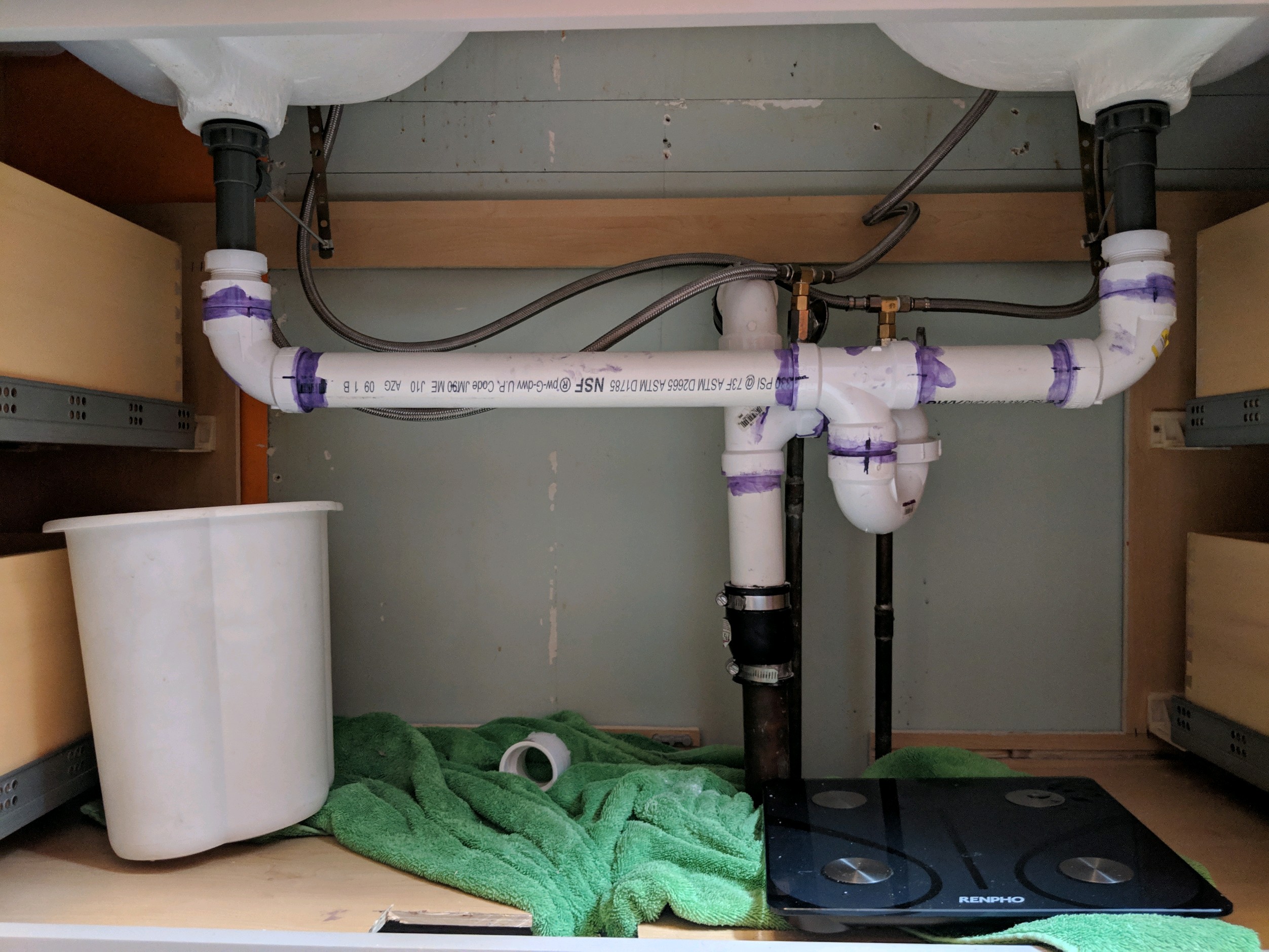
:no_upscale()/cdn.vox-cdn.com/uploads/chorus_asset/file/19495086/drain_0.jpg)

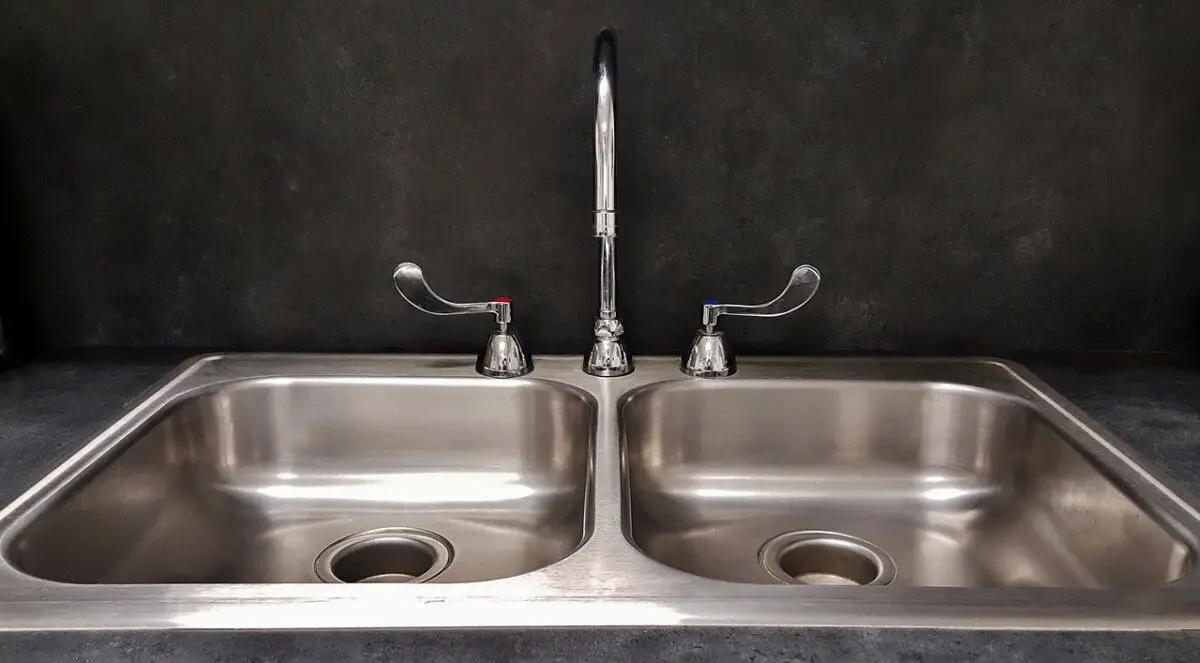









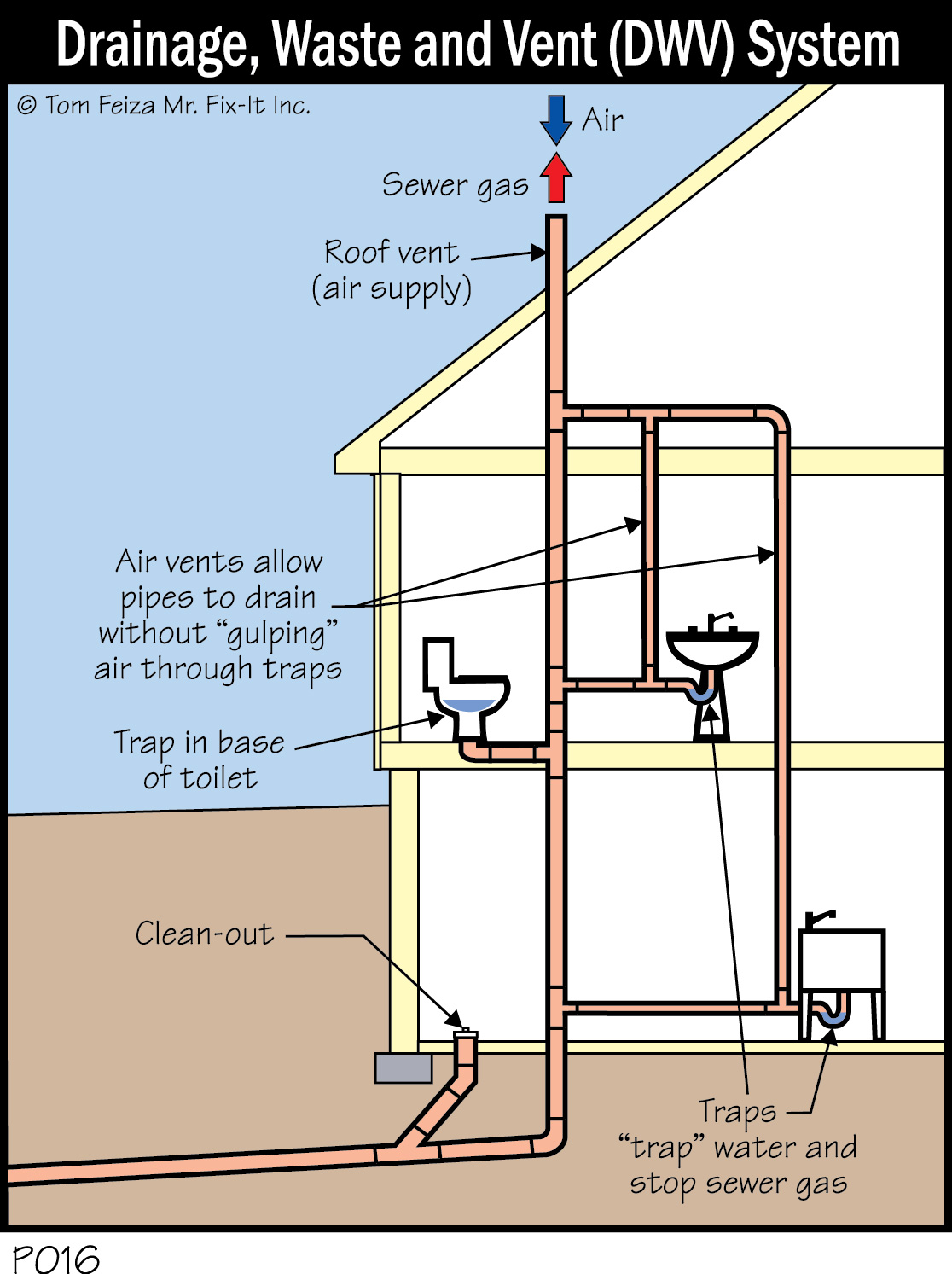







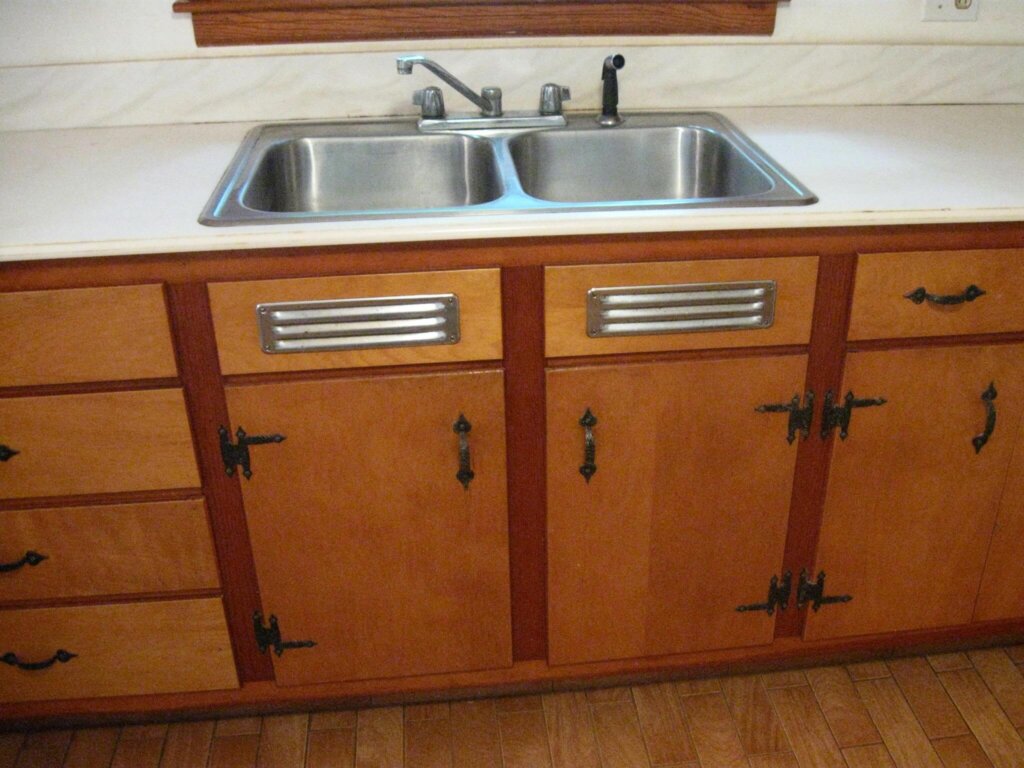




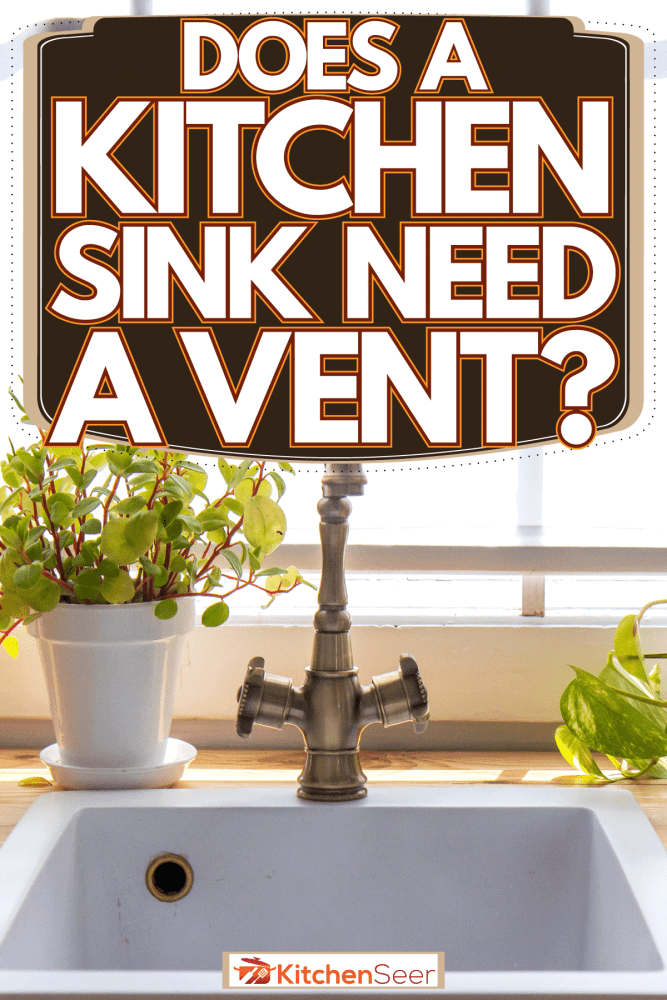
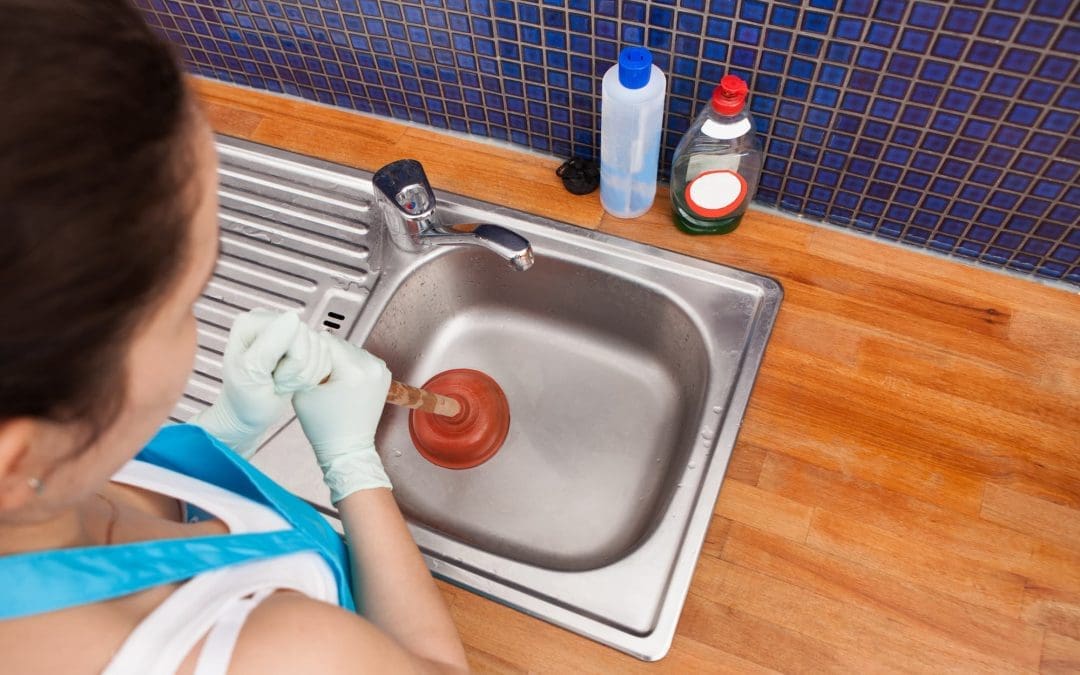








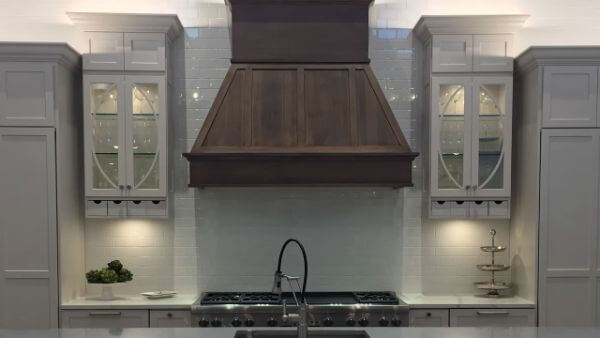



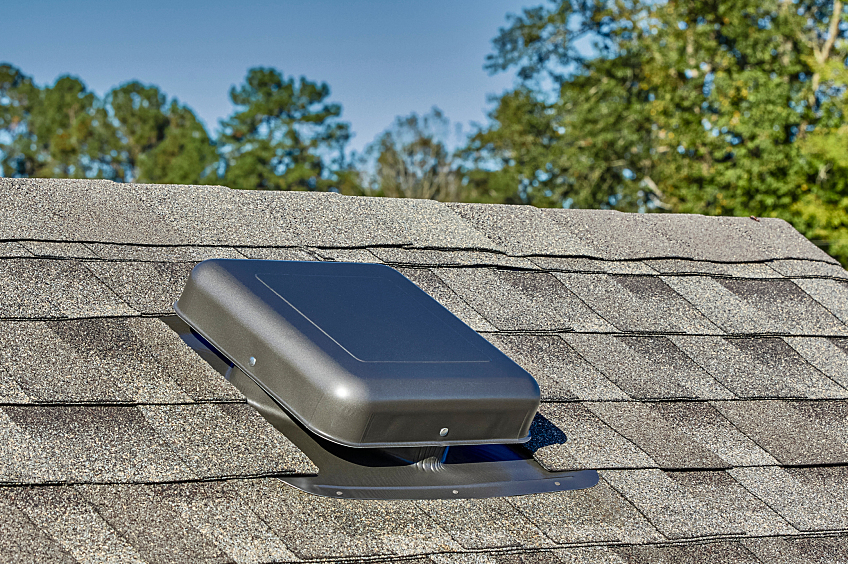

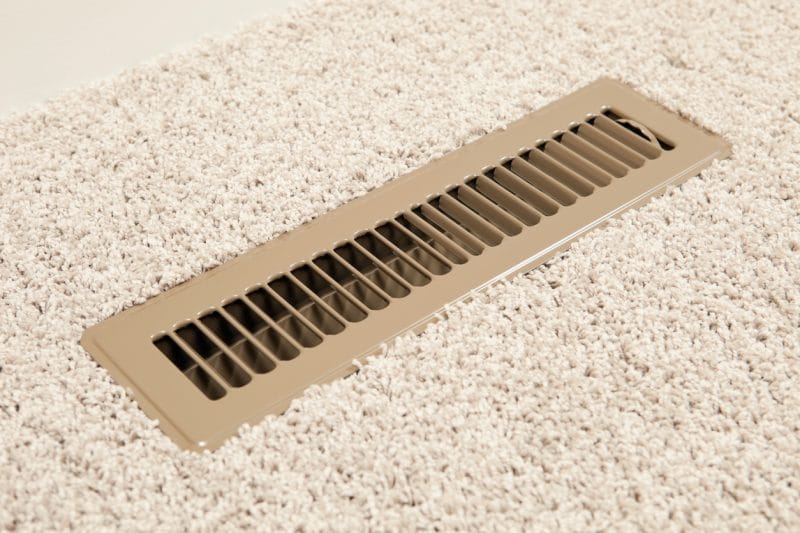
















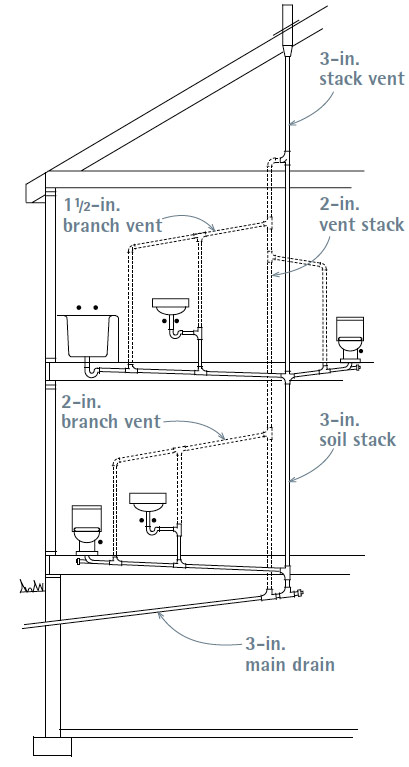
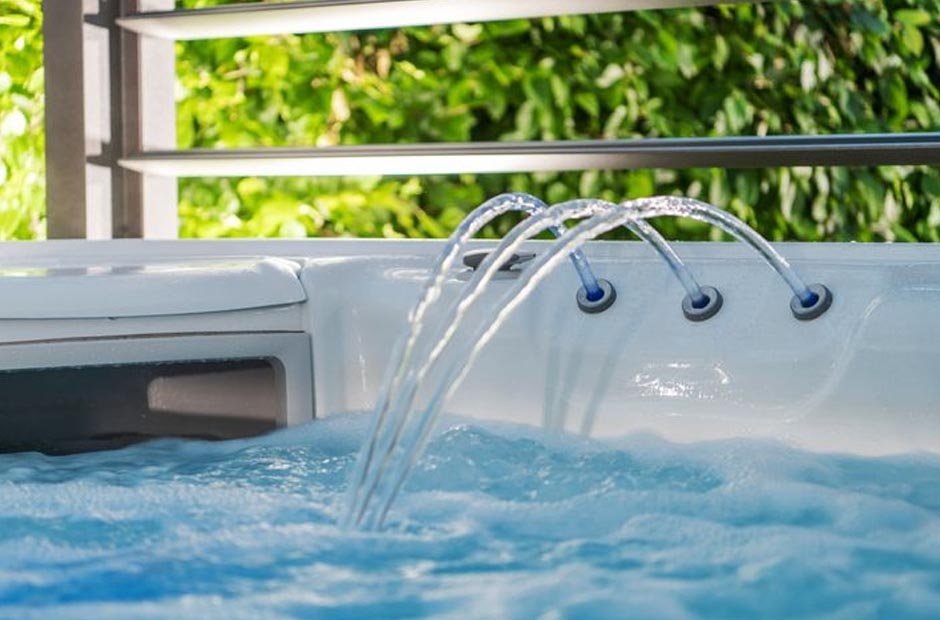

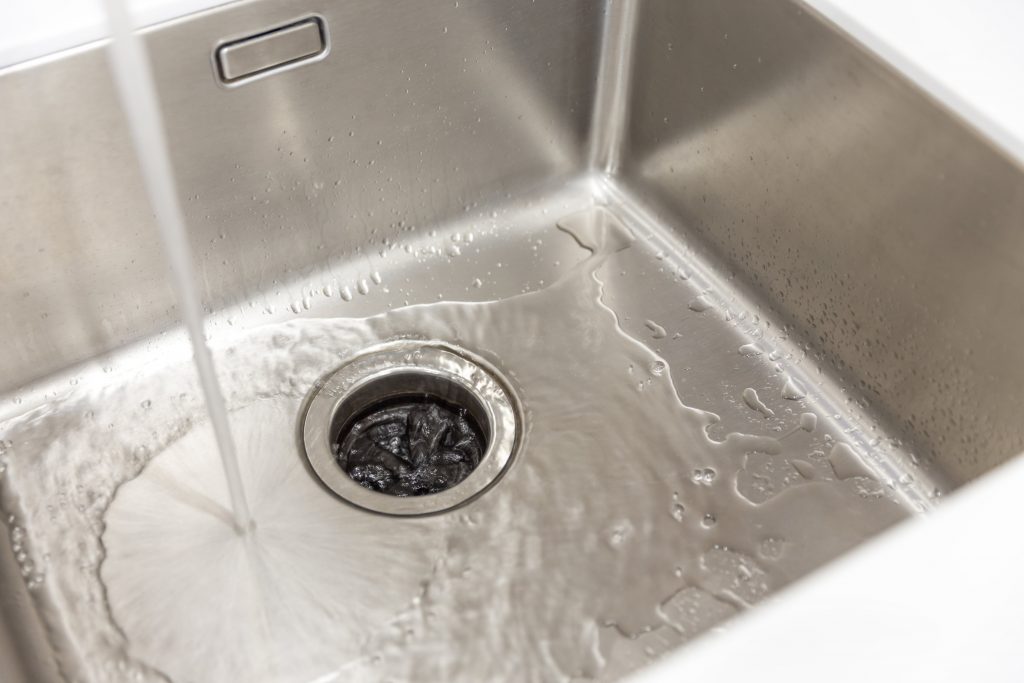

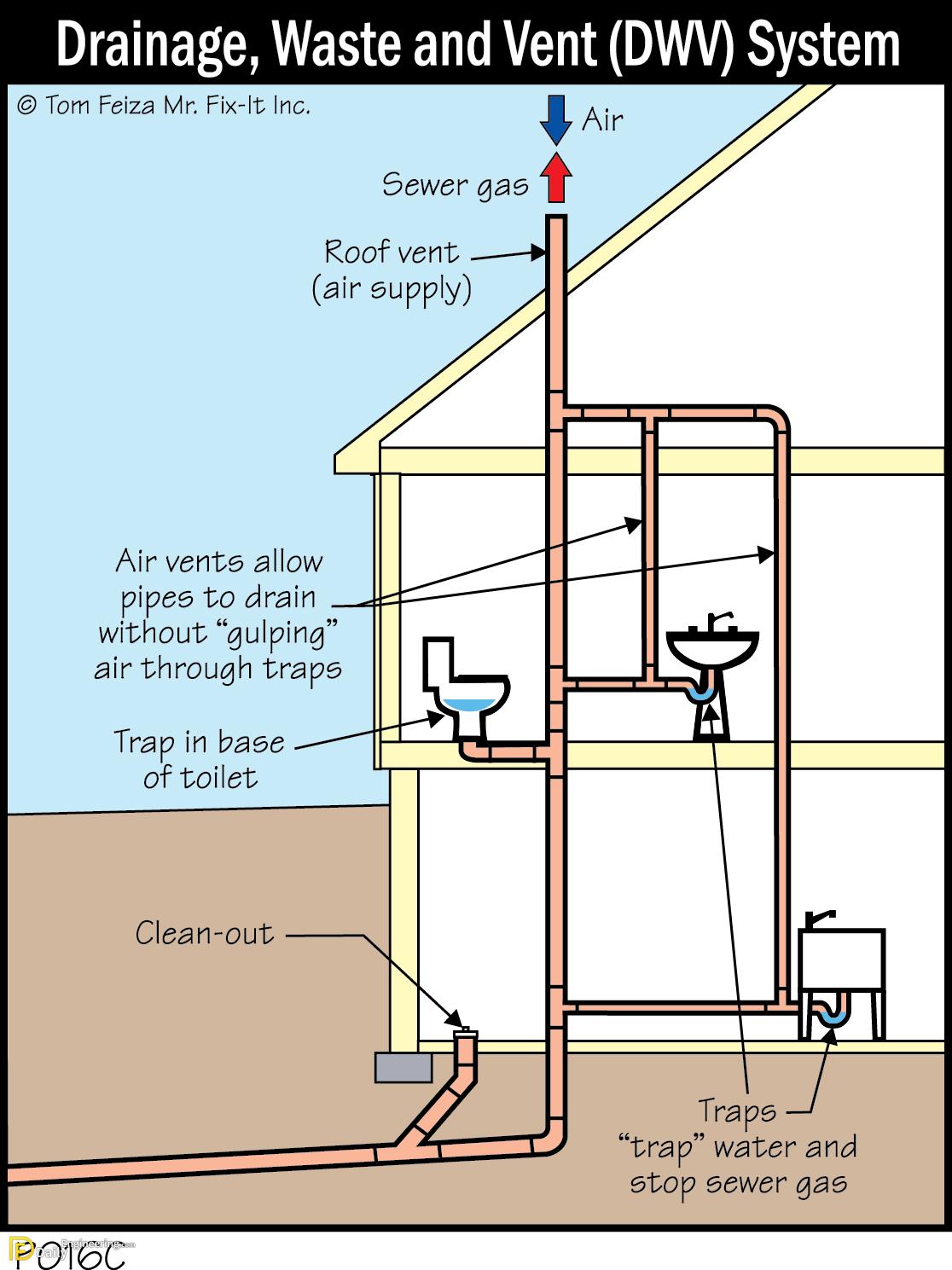
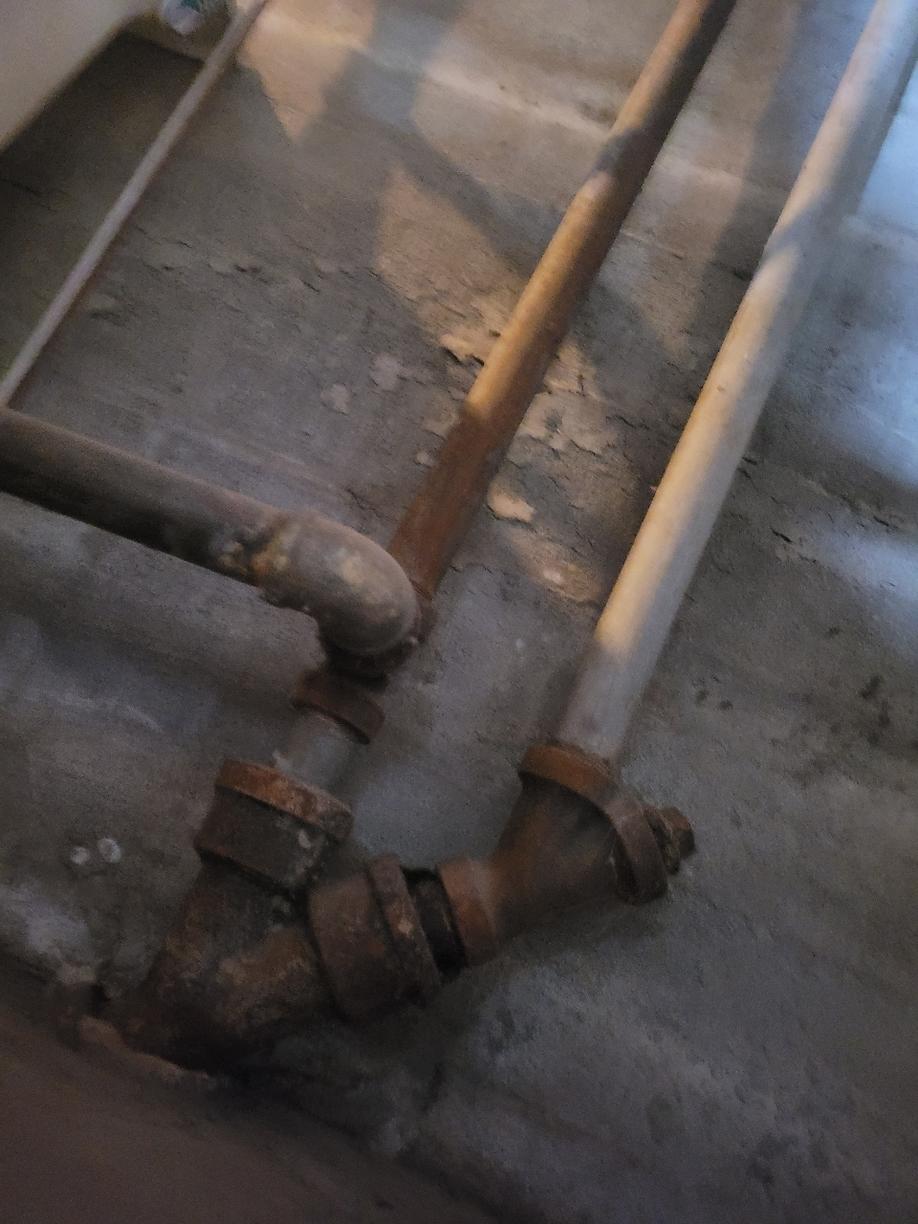















:max_bytes(150000):strip_icc()/Basic-kitchen-sink-types-1821207_color_rev-0b539306b9ef4236a136624ad2a89a4c.jpg)





/exciting-small-kitchen-ideas-1821197-hero-d00f516e2fbb4dcabb076ee9685e877a.jpg)

